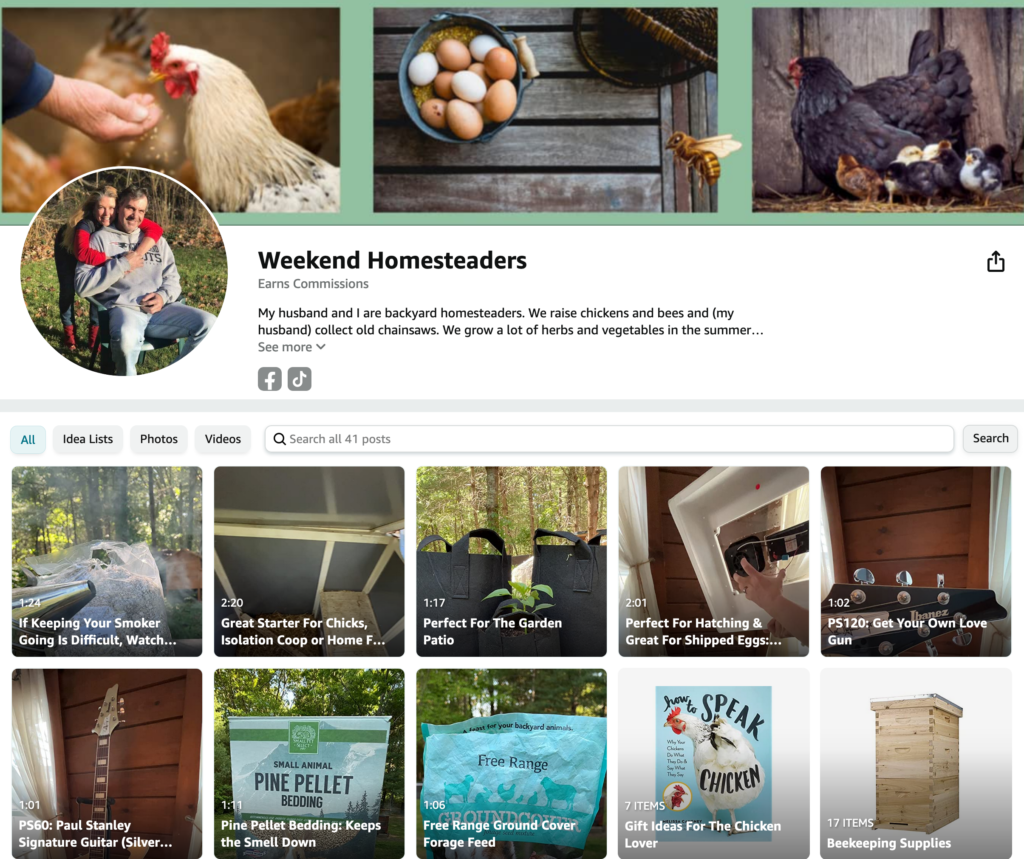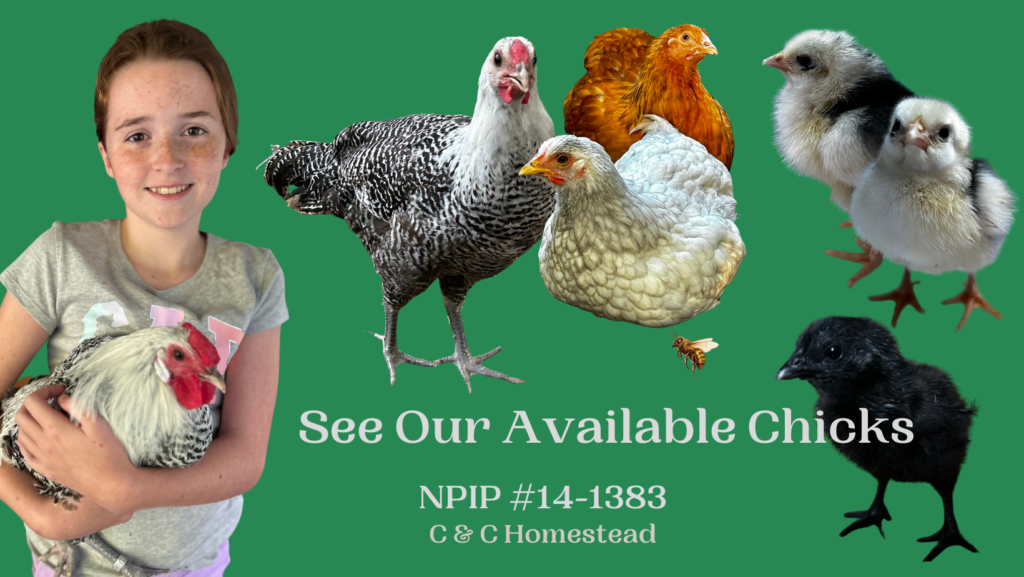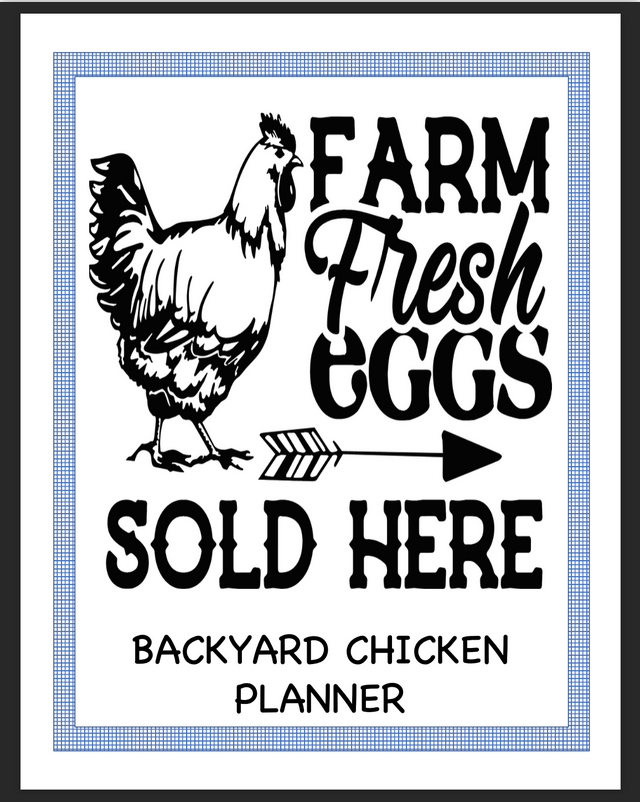Balancing Corporate & Homesteading Lifestyles
Nest Box Drama & Disease: How One Box Became a Biosecurity Breach

Most days in the coop begin with a bit of cackling, some early morning scratching, and a race to the worm pile. But this week, the big story isn’t what’s happening outside—it's what’s festering inside Nest Box #3.
You’ve seen it: five pristine nest boxes, but somehow every hen in the flock is squabbling over the same one. To the untrained eye, it’s just a quirky chicken habit. But to a seasoned flock journalist (and biosecurity sleuth) like myself? It’s a ticking time-bomb of coop health hazards.
Let’s scratch deeper.
🧪 Biosecurity Risk #1: High-Traffic Nest Boxes Spread Pathogens
When the majority of the flock insists on using the same nest box—over and over again—it becomes a concentrated zone of droppings, dander, broken shell fragments, and moisture. All of which create a perfect environment for bacteria like E. coli, Salmonella, and Clostridium perfringens.
🧼 Cluck’s Tip: Disinfect nest boxes regularly using a poultry-safe solution, especially high-use ones. Consider rotating the “popular” box out of service for a deep clean every couple of weeks.
🦠 Biosecurity Risk #2: Parasite Pressure Ramps Up
External parasites like red mites and poultry lice are clever little creeps. They’ll settle into high-traffic boxes and hide in cracks, nesting materials, or underneath perches nearby. If the entire flock shares one box, you’re giving these freeloaders an all-access pass.
🐛 Cluck’s Tip: Dust nest boxes with diatomaceous earth or wood ash, and swap nesting materials weekly. Look under wings and around vents for early mite activity.
🩸 Biosecurity Risk #3: Pecking Injuries Invite Infection
Tensions rise when space is limited. In Coop #7, I witnessed a tense face-off between three hens, all trying to climb into Box #3 at once. The result? A small pecking injury—and an open door to staph infections, coccidiosis, and even cannibalistic behavior if left untreated.
🧴 Cluck’s Tip: Watch for increased aggression or blood on feathers. Treat peck wounds promptly and isolate if needed. No peck is too small to ignore.
😰 Biosecurity Risk #4: Stress Lowers Immune Defenses
Let’s not forget the invisible cost: chronic coop stress. When hens feel pressured, pushed out, or targeted, their immune systems take a hit. That opens the door for common respiratory illnesses like infectious bronchitis or mycoplasma to spread fast.
🌿 Cluck’s Tip: Spread the love. Make all nest boxes equally appealing—same bedding, soft lighting, and even soothing herbs like chamomile or lavender.
💡 Cluck’s Closing Thought:
What seems like simple hen drama is often the early warning signal of a biosecurity lapse. Don’t wait for feather loss, funky smells, or a surprise vet bill. Small changes—like balancing nest box traffic—can make a big difference in your flock’s health.
So next time your hens are all clucking over one nest box, remember:
Where chickens crowd, pathogens thrive.
Keep it clean, keep it calm, and keep rotating those boxes.
🪶 Reporting from the perch,
Cluck Kent, your eyes and beak on coop biosecurity.
For our Little Chick Inn University members, check out the newest guide "Recipes & Blends" for the Spring Calm Herbal Nest Blend in the guide ... and if you aren't a member we invite you to check it out HERE.
This blend is a fragrant herbal blend that not only soothes your hens, but it also helps deter mites, flies, and bacteria. All you need to do is sprinkle a handful into each nest box after cleaning.



